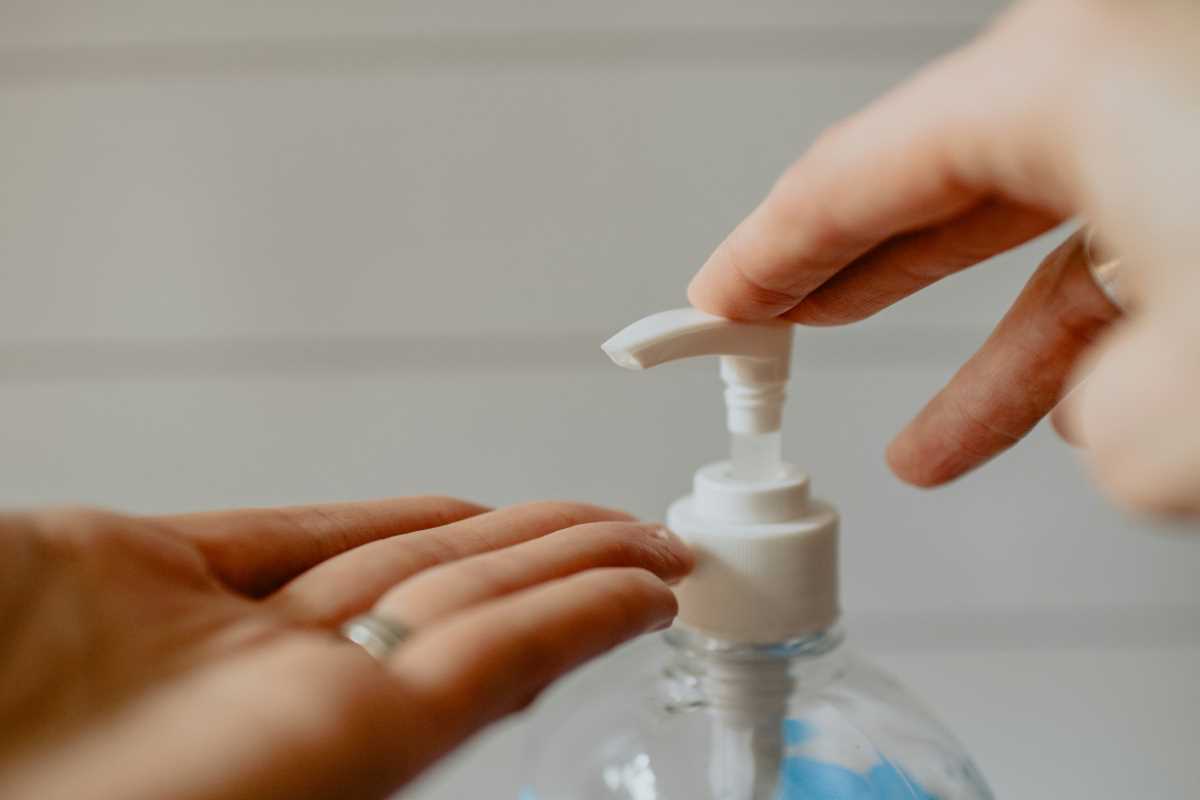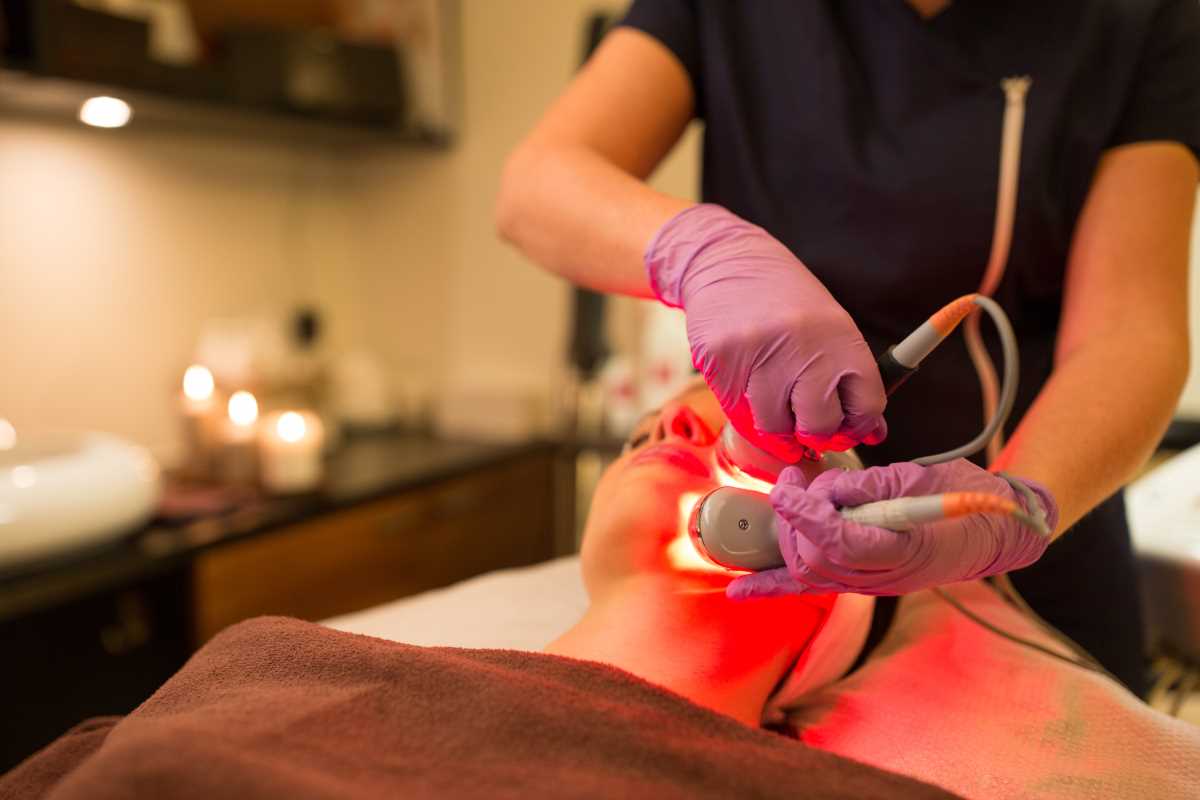Pet grooming is a rewarding but physically and emotionally demanding profession. Groomers care for our beloved pets by providing vital services such as bathing, trimming, and maintaining the overall health of animals. However, like many service-based professions, pet grooming comes with its share of occupational hazards. These hazards can affect the physical, mental, and emotional health of pet groomers.
The nature of the work — characterized by repetitive motions, exposure to chemicals, physical strain, and emotional stress—can significantly impact groomers' well-being over time. In this article, we will explore the common health risks pet groomers face and provide strategies to mitigate these hazards to ensure a healthier and more sustainable career in pet grooming.
Repetitive Motions and Musculoskeletal Issues
One of the most common health problems faced by pet groomers is musculoskeletal injuries resulting from repetitive motions. Groomers often perform tasks such as bending, lifting, brushing, and trimming animals, sometimes in awkward postures for prolonged periods. These repetitive motions can cause strain on the body, leading to conditions such as carpal tunnel syndrome, tendonitis, and back pain. Pet groomers may also experience joint pain in the shoulders, elbows, and wrists from performing the same motions repeatedly.
The risk of musculoskeletal issues can be minimized by maintaining proper body mechanics and taking regular breaks. Groomers should focus on maintaining a neutral spine and avoid slouching while performing grooming tasks. The use of ergonomic tools, such as brushes with comfortable handles and clippers that minimize strain, can also help reduce the physical toll on the body. Groomers should also take advantage of every opportunity to stretch and move throughout the day.
Even short breaks for stretching and walking can help alleviate the buildup of muscle tension and prevent long-term injuries.
Exposure to Chemicals and Skin Conditions
Pet groomers frequently work with a variety of grooming products, including shampoos, conditioners, and other topical treatments for pets. While these products are designed to improve the health and appearance of pets, they often contain chemicals that can be harmful to the groomer’s skin with prolonged exposure. Frequent handling of these chemicals can cause skin irritations, such as dermatitis, eczema, or chemical burns. Pet groomers may also experience rashes, dry skin, and allergic reactions due to exposure to certain ingredients in these products.
To reduce the risk of skin conditions, pet groomers should wear gloves, especially when handling harsh chemicals. Choosing organic or hypoallergenic products whenever possible can also minimize the risk of skin irritations. Additionally, ensuring proper ventilation in the grooming area is crucial for reducing the inhalation of fumes and minimizing the overall exposure to chemicals. Groomers should also practice good hygiene by washing their hands thoroughly after each grooming session and moisturizing their skin at the end of the day to maintain skin health.
Allergies and Respiratory Problems
Allergy and respiratory issues are common among pet groomers due to the constant exposure to pet dander, fur, and saliva. Pet dander, in particular, contains tiny particles that can trigger allergic reactions and exacerbate asthma or other respiratory conditions. The physical presence of fur and saliva can further complicate respiratory issues by irritating the airways and causing symptoms such as sneezing, coughing, wheezing, or shortness of breath.
To reduce the impact of allergens, pet groomers can take several steps. Wearing a face mask while grooming particularly hairy pets or cleaning up excessive dander can help reduce inhalation. Additionally, using high-efficiency particulate air (HEPA) filters in the grooming area can help trap airborne particles and improve air quality. Groomers should also wash their hands and uniforms frequently to prevent allergens from accumulating and triggering symptoms. Keeping grooming tools and the workspace clean can also significantly reduce the amount of pet dander in the air, helping to improve respiratory health.
Zoonotic Diseases
Zoonotic diseases are illnesses that can be transmitted from animals to humans. For pet groomers, the risk of contracting these diseases is a significant concern. Groomers are at risk of exposure to zoonotic diseases such as ringworm, leptospirosis, flea-borne typhus, and salmonella. These diseases can be transmitted through direct contact with infected animals or through contaminated grooming tools. For example, ringworm is a fungal infection that can be spread by contact with an infected animal’s skin or fur. Leptospirosis is a bacterial infection transmitted through contact with animal urine, which may occur when grooming an animal.
To reduce the risk of zoonotic diseases, pet groomers should follow strict hygiene practices. Regular handwashing before and after handling animals is essential in preventing the spread of pathogens. Wearing gloves and other protective gear, such as aprons and masks, can also reduce the risk of exposure. Groomers should also disinfect their grooming tools regularly to ensure they do not become contaminated. Practicing good sanitation in the grooming environment is crucial to prevent the spread of zoonotic diseases. Additionally, it’s important for pet groomers to stay informed about the animals they are working with, as some breeds and species may carry specific diseases more frequently.
Conclusion
Pet grooming is a physically demanding and emotionally complex profession, and the health risks associated with this career are significant. However, by implementing preventative measures such as using ergonomic tools, wearing protective gear, maintaining proper hygiene, and practicing self-care, pet groomers can reduce the impact of these occupational hazards.
Taking steps to mitigate physical strain, protect hearing and respiratory health, and address emotional stress will not only improve the health and well-being of pet groomers but also ensure they can continue to provide the high-quality care that pets deserve. By focusing on these preventive measures, pet groomers can sustain their passion for their work while maintaining their physical and mental health.
(Image via Adobe)
 (Image via
(Image via





